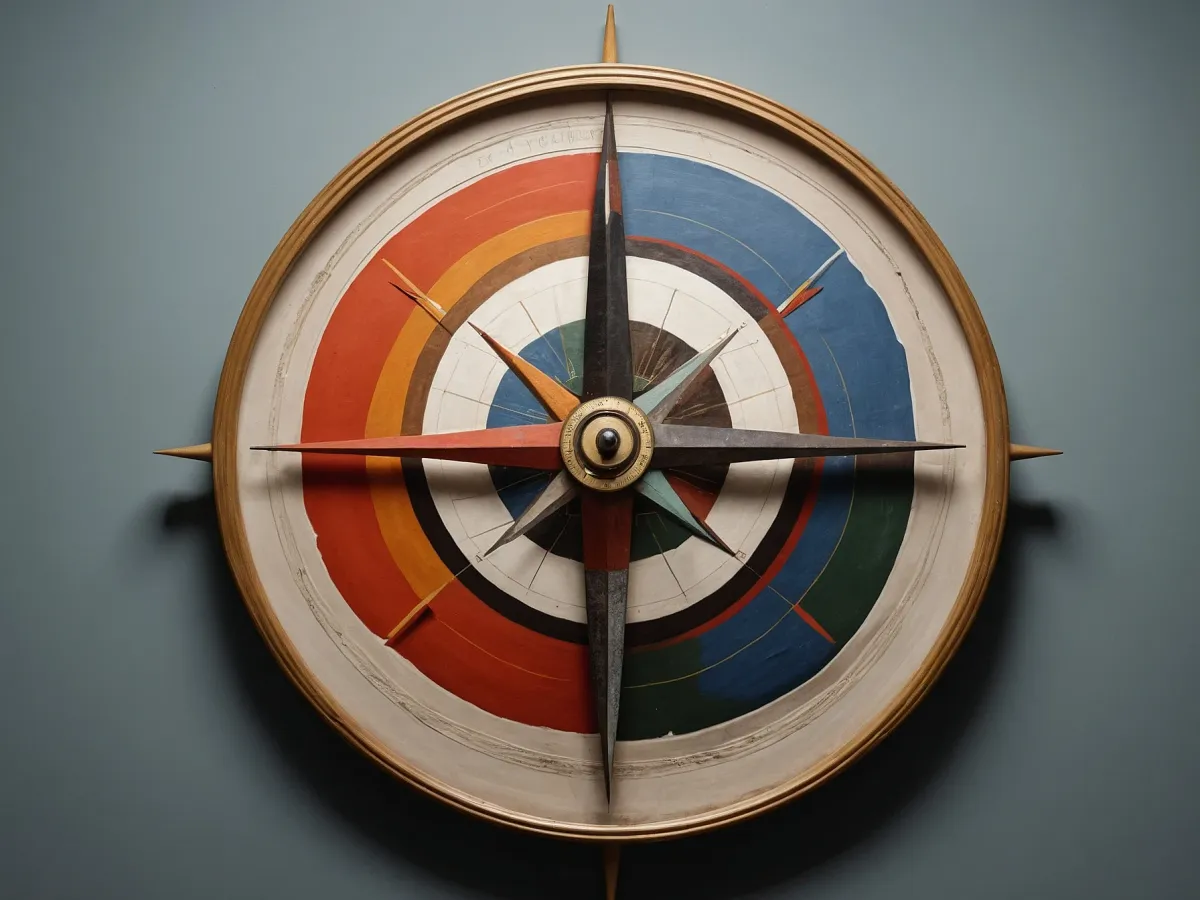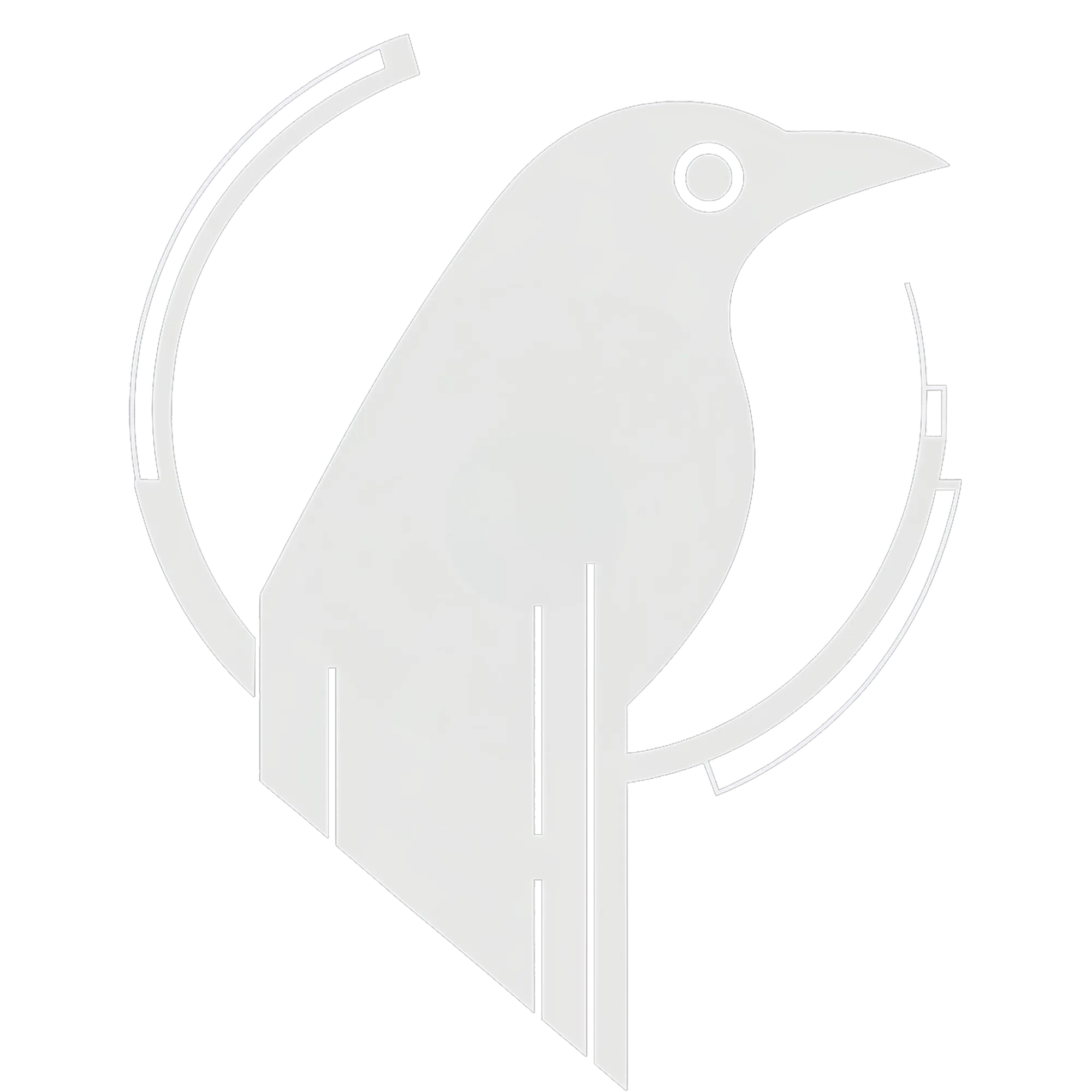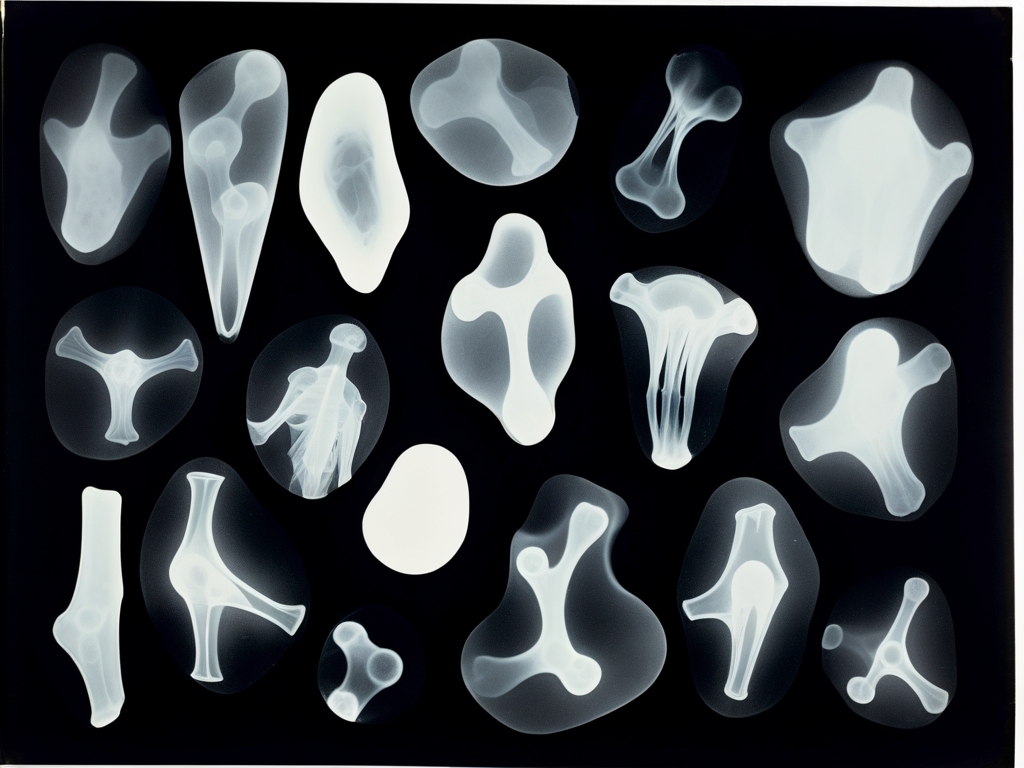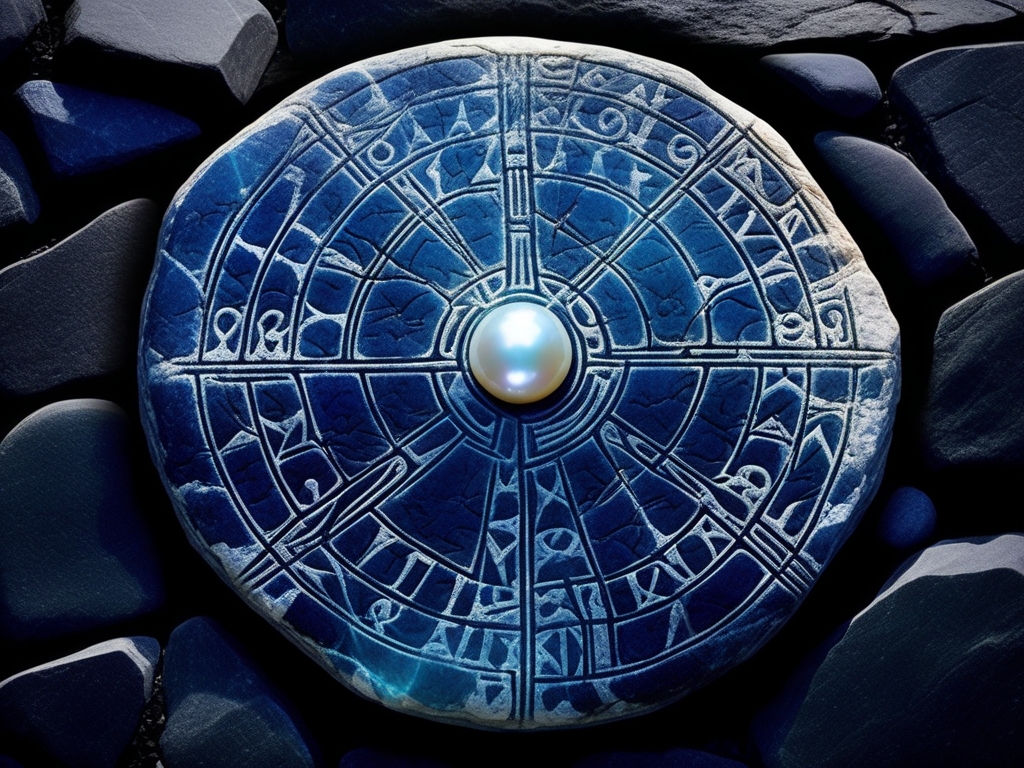Dire Directions

Armand Vivier, a reclusive French surrealist from the early 20th century, explored both literal and metaphysical boundaries in his works. Among his creations, none is more mysterious or compelling than Blind Compass. Created in 1923 using a mix of materials, this piece features vivid colors and sharp lines that seem to whirl at the viewer like whispered secrets from beyond.
Vivier was known not only for his tenuous grasp on reality but also for his attraction to objects with supernatural mythos. A shadowy figure within Parisian occult circles, he encountered an artifact said to house archaic knowledge—an ancient navigational tool buried deep beneath Montmartre’s cobbled streets. This relic inspired Blind Compass, whose vibrant hues mask its dark heritage.
In creating this piece, Vivier sought guidance from Julian Marek, an infamous occultist obsessed with unearthing hidden truths. Marek believed the compass was a key to astral planes untouched by human eyes; each direction marked with colors drawn from esoteric symbolism purportedly aligned with celestial bodies unknown to science.
“Eccentricity aside, one cannot overlook how Vivier captured dimensions unseen,” commented Lydia Roarke, an art historian specializing in surrealism.
During their late-night collaborations under shrouded lamps, Marek experienced visions—spectral figures weaving patterns akin to those on Vivier’s opus. His demeanor ominously transformed, as though enchanted by unseen forces emanating from the compass itself.
One fateful evening, after months immersed in cosmic studies, disturbing news echoed through bohemian circles: Julian Marek had vanished during cryptic experimentation.
Marek’s sudden disappearance heightened Blind Compass’s allure. Visitors fervently debated the artwork’s significance, and stories multiplied. Even today, though skepticism exists, many visitors express the same unease when facing this piece for the first time, feeling frightened and disoriented for hours or even days after their encounter.




